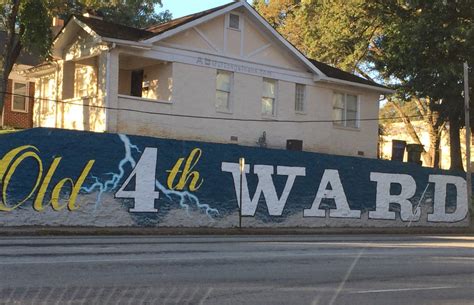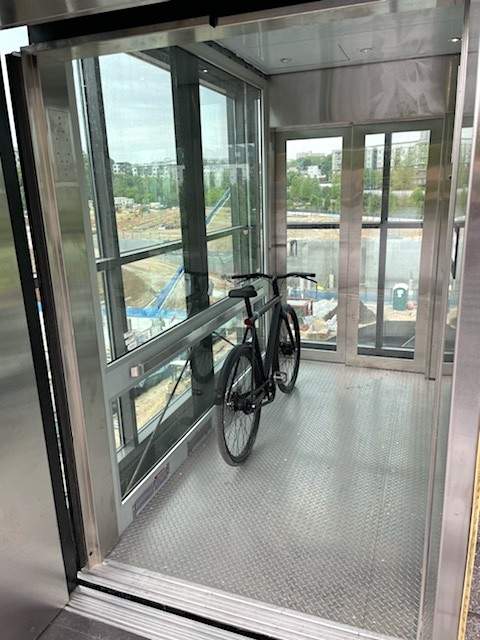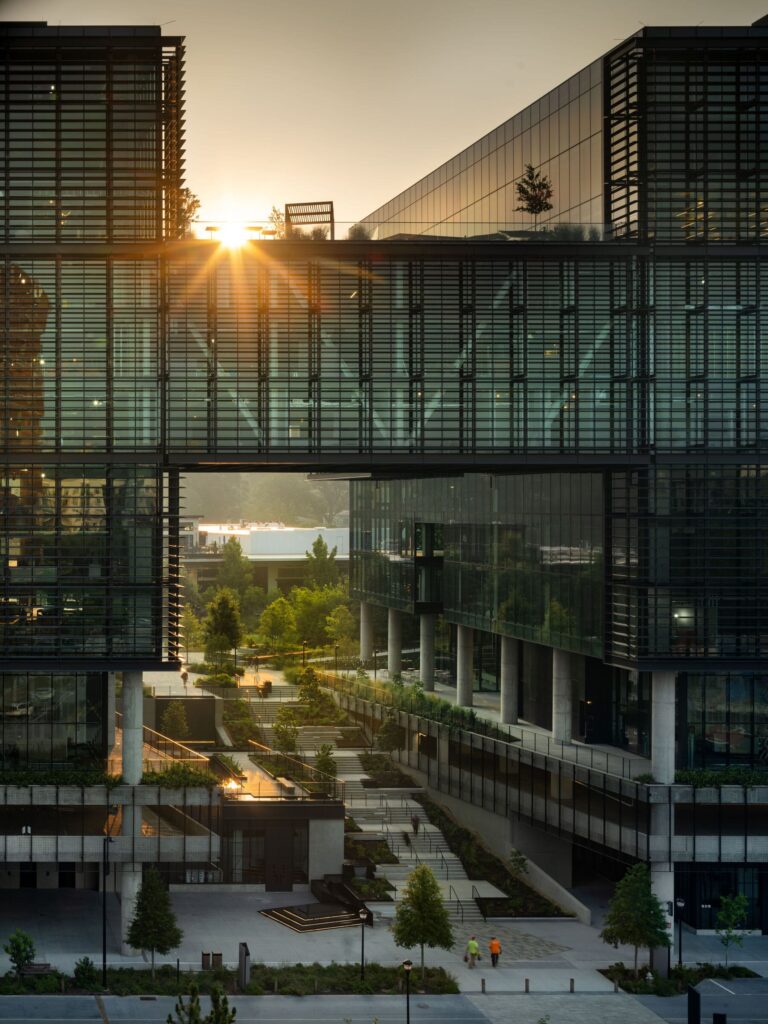
A Neighborhood Transformation
Waldo’s Old Fourth Ward—Named after the poet Ralph Waldo Emerson. A 70 million mixed-use project featuring hotel rooms, office space, retail, and townhomes—broke ground in 2019. This development is nearing completion in 2024. The project will span approximately 200,000 square feet and feature an 80-key hotel, 10 townhomes, and 10,000 square feet of restaurant and retail space near the popular neighborhood bar strip.
Old Fourth Ward Housing Market Trends
The market is somewhat competitive. As of September 2024, the median price of single-family homes is $835,000, representing a 10% decrease from the previous year. Old Fourth Ward condos are known for their affordability while remaining in a highly desirable area. Those who enjoy living in Old Fourth Ward love its proximity to some of Intown Atlanta’s hottest attractions. Condo prices have sharply risen in the past few years due to all the new developments in the area.
The ongoing transformation of the Old Fourth Ward demonstrates the power of thoughtful urban planning and investment. The neighborhood’s successful blend of history, culture, and innovation made it a top destination in Atlanta. The walk-ability and having shopping and great restaurants at your fingertips is some of the many reasons people love living here!
Looking to own a home in a vibrant neighborhood with a mix of exciting options to live, work & play?
Contact us today to start your buying journey!


